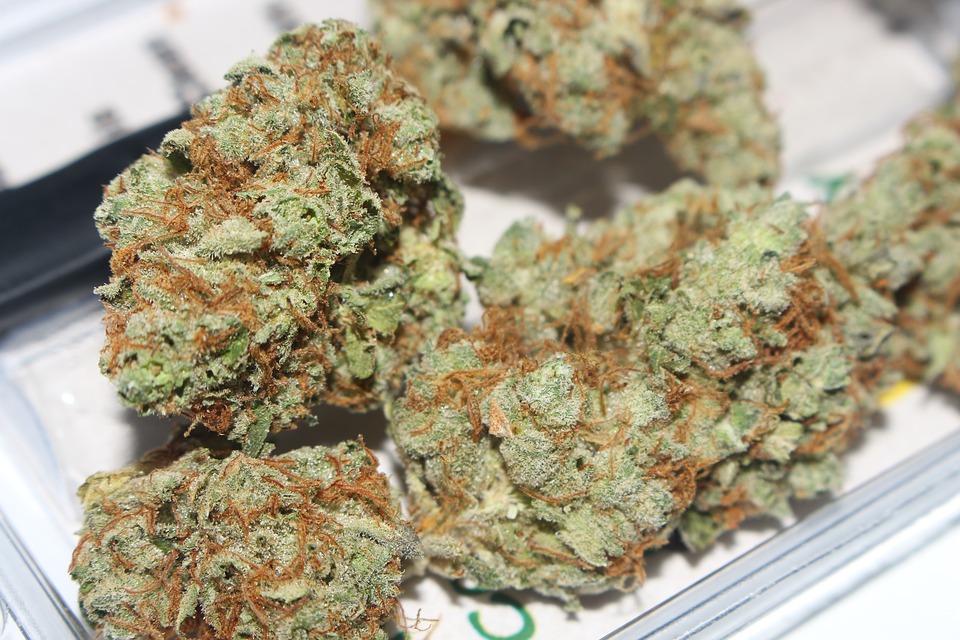As more states consider legalizing marijuana for recreational use, you may start seeing more of the green leafy plant. While many people know what marijuana looks like and may even know what it smells like when someone smokes it, there is more to the plant than meets the eye and nose.

(Pixabay / StayRegular)
Marijuana, also known as cannabis, contains two active chemicals — tetrahydrocannabinol (THC) and cannabidiol (CBD). While THC is a psychoactive chemical that provides the “high” most often associated with the drug, CBD doesn’t seem to have the same psychoactive properties and has been studied for medicinal purposes as a possible treatment for anxiety, bipolar disorder, multiple sclerosis, Parkinson’s disease, and epilepsy. THC also has possible medical benefits for treating nausea, depression, and pain relief.
For those taking the drug recreationally, the most relevant chemical is THC since most users are looking for the high it provides. The first person to isolate THC was Israeli scientist Raphael Mechoulam. over 50 years ago.
Not all cannabis is created equal. Depending on the strain of the plant being used, the amount of THC will vary. After THC enters the body, receptors are activated. Type 1 cannabinoid receptors are what cause the feeling of being high. When THC attaches to a CB1 receptor, the chemical causes a temporary change in brain cell function, which is what causes that feeling. Type 2 receptors are found throughout the body in all types of cells and cause changes to the body when paired with THC.
Marijuana can be ingested in a variety of ways. One option is eating it cooked into a tasty form. Since the plant is going through the digestive system, the effects of the THC will last longer and be more potent. While vaping and smoking can provide an immediate high that lasts for a few hours, since the digestive system works much slower, edibles can provide a longer high that lasts for six to eight hours.
Smoking delivers THC to the bloodstream quickly and is the most common way people consume the drug. Since you’re breathing in the chemical, like you would breathe in oxygen, the THC goes straight into the lungs and then enters millions of air sacs that transfer the chemical into the bloodstream. Once in the bloodstream, it doesn’t take long for the chemical to reach the brain and begin having an effect.
For those who don’t like smoking, vaping is an option growing in popularity. Vaporizing marijuana involves heating the leaves to transform the chemicals into a vapor. The user would then inhale the vapor and through the same processes as smoking, the chemical enters the bloodstream.
The effects of THC on the body can vary from person to person, depending on how they consume marijuana, how much they take, and the potency of the strain. It can create a mellow and relaxed feeling or even enhance other senses. However, THC can also alter a person’s perception of time or even emphasize anxiety.